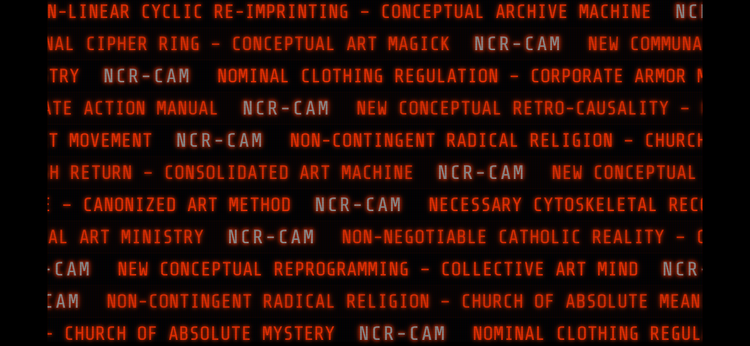Debunking the Myth: Wind Turbines Are Not Driving Whales Crazy

Introduction
In recent debates about renewable energy, a claim has emerged suggesting that offshore wind turbines are causing significant distress to whale populations, allegedly interfering with their sonar abilities and even driving them “crazy.” However, scientific research does not support this assertion. In fact, compared to other human activities, wind turbines have a minimal impact on marine life. Numerous industries pose far greater threats to whales and the marine ecosystem.
Wind Turbines and Marine Life
Wind turbines do produce underwater sounds, primarily during their construction phase, which involves activities like pile-driving. These sounds can be disruptive to marine mammals if not properly managed. However, during the operational phase, turbines emit low-frequency noises that are generally below levels that would harm or significantly disturb whales. Environmental regulations often require mitigation strategies—such as soft-start procedures and noise dampening techniques—to minimize any potential impact during construction.
Industries Causing Greater Harm to Whales
1. Commercial Shipping
• Noise Pollution: The constant low-frequency noise from global shipping traffic permeates the oceans, interfering with whales’ ability to communicate, navigate, and detect prey over vast distances.
• Ship Strikes: Collisions with vessels are a leading cause of injury and death for large whale species worldwide.
2. Oil and Gas Exploration
• Seismic Surveys: The use of powerful airguns in underwater seismic testing produces intense sound waves that can disrupt marine life over extensive areas, affecting whales’ feeding and breeding behaviors.
• Oil Spills: Accidental spills release toxic substances into the ocean, contaminating the food chain and habitats essential for whale survival.
3. Commercial Fishing
• Bycatch: Whales can become entangled in fishing gear, leading to injury, impaired movement, or drowning.
• Overfishing: Depletion of key fish species disrupts the food web, impacting whales’ food sources.
4. Plastic Pollution
• Ingestion and Entanglement: Whales often ingest plastic debris or become entangled in abandoned fishing nets, which can be fatal.
• Microplastics: Accumulation of microplastics in the marine food chain poses long-term health risks to whales.
5. Climate Change
• Habitat Alteration: Rising sea temperatures and ocean acidification affect the distribution of krill and fish, leading to food scarcity for whales.
• Migration Patterns: Changes in sea ice and ocean currents disrupt traditional whale migration routes.
6. Chemical Pollution
• Contaminants: Industrial runoff introduces heavy metals and persistent organic pollutants into marine environments, accumulating in whale tissues and affecting their immune and reproductive systems.
Conclusion
The notion that wind turbines are driving whales crazy is not supported by scientific evidence. While it is important to continue monitoring and mitigating any potential impacts of offshore wind farms, their effects are relatively minor compared to the significant and well-documented threats posed by other industries. Shipping traffic, fossil fuel exploration, pollution, and climate change present far greater risks to whale populations.
Embracing renewable energy sources like wind power is crucial for reducing our environmental footprint. By decreasing reliance on fossil fuels, we can mitigate climate change and reduce pollution, offering indirect benefits to marine life, including whales. It is imperative to focus conservation efforts on addressing the primary threats rather than attributing undue blame to wind energy developments.
References
• National Oceanic and Atmospheric Administration (NOAA)
• International Whaling Commission (IWC)
• World Wildlife Fund (WWF)
• Madsen, P. T., et al. (2006). “Wind turbine underwater noise and marine mammals: Implications of current knowledge and data needs.” Marine Ecology Progress Series, 309, 279–295.
• Tougaard, J., et al. (2009). “Underwater noise from three types of offshore wind turbines: Estimation of impact zones for harbor porpoises and harbor seals.” Journal of the Acoustical Society of America, 125(6), 3766–3773.






Member discussion